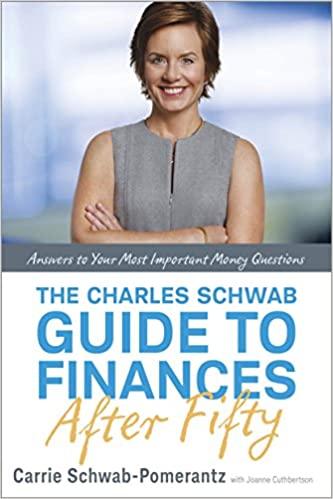Question
Beckett, Inc., has no debt outstanding and a total market value of $220,000. Earnings before interest and taxes, EBIT, are projected to be $26,000 if
Beckett, Inc., has no debt outstanding and a total market value of $220,000. Earnings before interest and taxes, EBIT, are projected to be $26,000 if economic conditions are normal. If there is strong expansion in the economy, then EBIT will be 15 percent higher. If there is a recession, then EBIT will be 20 percent lower. Beckett is considering a $120,000 debt issue with an interest rate of 8 percent. The proceeds will be used to repurchase shares of stock. There are currently 11,000 shares outstanding. Ignore taxes for questions a and b. Assume the company has a market-to-book ratio of 1.0. a-1. Calculate return on equity (ROE) under each of the three economic scenarios before any debt is issued. (Do not round intermediate calculations. Enter your answers as a percent rounded to 2 decimal places (e.g., 32.16).) ROE Recession % Normal % Expansion %
a-2. Calculate the percentage changes in ROE when the economy expands or enters a recession. (Negative amounts should be indicated by a minus sign. Do not round intermediate calculations. Enter your answers as a percent.) % change in ROE Recession % Expansion % Assume the firm goes through with the proposed recapitalization.
b-1. Calculate the return on equity (ROE) under each of the three economic scenarios. (Do not round intermediate calculations. Enter your answers as a percent rounded to 2 decimal places (e.g., 32.16).) ROE Recession % Normal % Expansion %
b-2. Calculate the percentage changes in ROE when the economy expands or enters a recession. (Negative amounts should be indicated by a minus sign. Do not round intermediate calculations and round your final answers to 2 decimal places (e.g., 32.16).) % change in ROE Recession % Expansion % Assume the firm has a tax rate of 35 percent.
c-1. Calculate return on equity (ROE) under each of the three economic scenarios before any debt is issued. (Do not round intermediate calculations. Enter your answers as a percent rounded to 2 decimal places (e.g., 32.16).) ROE Recession % Normal % Expansion %
c-2. Calculate the percentage changes in ROE when the economy expands or enters a recession. (Negative amounts should be indicated by a minus sign. Do not round intermediate calculations. Enter your answers as a percent.) % change in ROE Recession % Expansion %
c-3. Calculate the return on equity (ROE) under each of the three economic scenarios assuming the firm goes through with the recapitalization. (Do not round intermediate calculations. Enter your answers as a percent rounded to 2 decimal places (e.g., 32.16).) ROE Recession % Normal % Expansion %
c-4. Given the recapitalization, calculate the percentage changes in ROE when the economy expands or enters a recession.
Step by Step Solution
There are 3 Steps involved in it
Step: 1

Get Instant Access to Expert-Tailored Solutions
See step-by-step solutions with expert insights and AI powered tools for academic success
Step: 2

Step: 3

Ace Your Homework with AI
Get the answers you need in no time with our AI-driven, step-by-step assistance
Get Started


